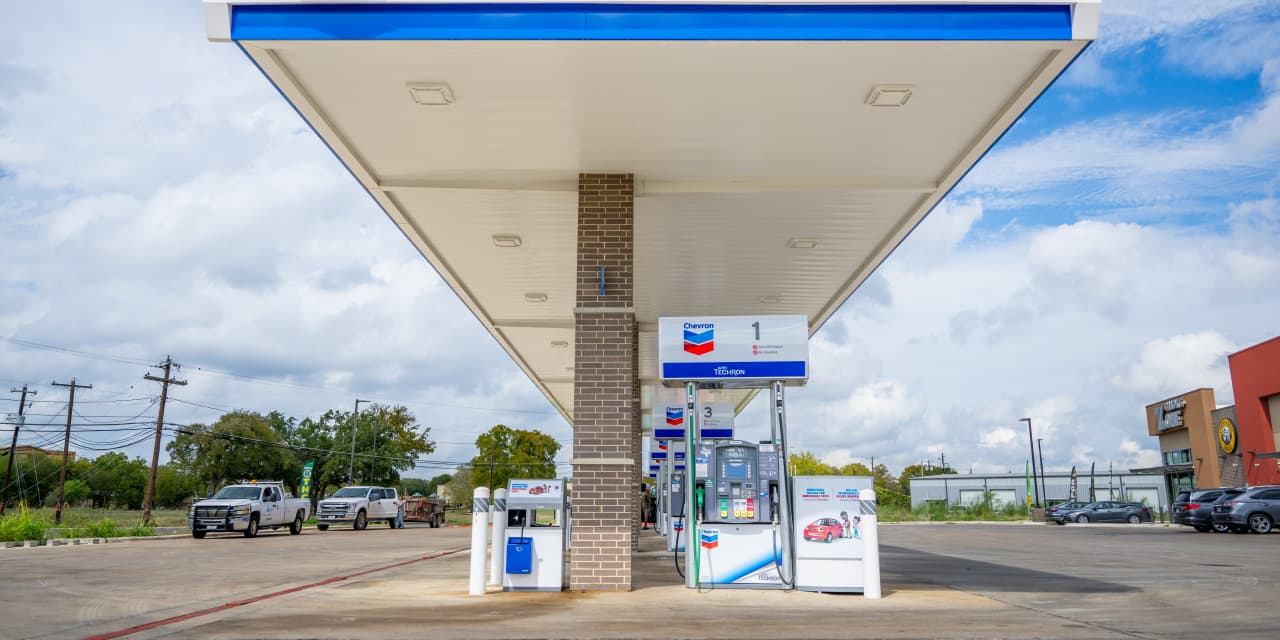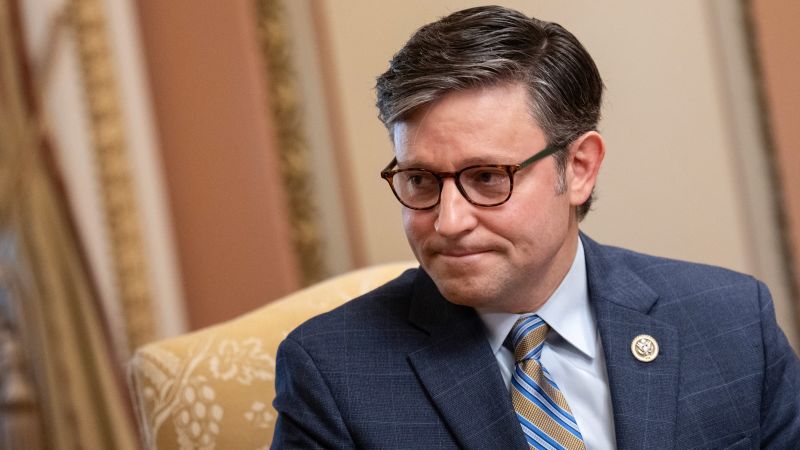Chevron
is expanding around the world, looking to boost oil and gas production by drilling in a growing list of countries from Australia to Venezuela to Guyana to Kazakhstan and Israel. But those ambitions are increasingly running up against challenges, be they geopolitical, geological, or labor-related.
On Friday, Chevron stock fell 6.7% after the company reported disappointing earnings that missed Wall Street’s expectations by 18%. At $144, Chevron stock is down 17% this year, versus a 1% drop for
Exxon Mobil
(XOM). Exxon has had fewer operational hiccups than Chevron, and investors have generally been more positive about its M&A strategy.
On Friday, Chevron said it was experiencing costly delays at a major oil reservoir in Kazakhstan known as Tengiz. CEO Mike Wirth said on an earnings call that the company, which is exploring the reservoir as part of a joint venture, now expects to receive lower production and dividends from the project in the near term—forcing it to spend more and make less.
“Cash flow from the operations will be lower by about $1.5 billion at $60 Brent [crude prices] in total over the next two years really due to the delay in the project,” Wirth said. He added that the company expects to receive $2.5 billion less in dividends from the project in 2024 and 2025 than it had initially anticipated.
Chevron’s explanation was “perhaps not a great defense as large international oil companies are meant to be good at doing big projects,” wrote Citi analyst Alastair Syme.
Chevron has also had issues at other projects—some of which it can control and some of which it can’t. In Australia, workers on a major natural-gas project have held strikes over contract issues, though the company said on Monday that the contract issues have been resolved.
In Venezuela, Chevron has successfully restarted production over the past year as the U.S. has lifted sanctions on oil exports. But the most recent sanctions relief is unlikely to help the company—though it might help its competitors, Wirth said. “The recent action in the new general license issued by OFAC [Office of Foreign Assets Control] really opens up operating room for others more so than it does for us,” he said.
And a Chevron natural-gas project in Israel was shut in after the war between Israel and Hamas began earlier this month. That’s not something Chevron can control, but it does show the difficulties of operating in so many locations.
The challenges overseas point to the risks of Chevron’s ambitions. For the past two years, Chevron had been focused on increasing cash flow from proven oil wells and buying back stock—activities that investors can usually count on to lift the stock. Now the company is intent on growing production, particularly through its planned acquisition of
Hess
(HES), which has a major project off Guyana. The Hess deal was more expensive on a price-to-earnings basis than other recent deals in energy, because the company has better growth prospects than peers. But that means there will be increasing attention on Chevron’s ability to navigate these kinds of complicated projects. Delays could have an outsize impact on the stock.
That said, at least one analyst thinks Chevron stock looks attractive after the drop, and doesn’t think Wirth is to blame for the Kazakhstan stumbles. Bank of America analyst Doug Leggate wrote that those troubles are “legacy operating challenges” that shouldn’t be pinned on the current CEO. Leggate upgraded the stock to Buy from Neutral and raised his price target to $200 from $190.
He thinks that the Hess deal makes Chevron more attractive.
“Assuming the potential deal closes on the agreed terms any rational assessment of what drives recognition of value concludes Chevron investment case has been reset by favorable rate of change on growth,
dividend capacity and portfolio depth,” he wrote.
Write to Avi Salzman at [email protected]
Read the full article here







